Blockchain: The Future of Digital Marketing
Authored by Ishan Bose, Chief Marketing Officer, KreditBee.
The marketing landscape is transforming rapidly, thanks to the adoption of cutting-edge technologies that boost meaningful customer engagement. Digital marketing helps brands attract and retain customers, and serve them better at every touchpoint. But it’s not without its shortfalls.
Blockchain, a distributed ledger technology (DLT) that allows data to be stored globally on thousands of servers – while letting anyone on the network see everyone else's entries in near real-time has tremendous marketing applications. But before deep-diving into its impact on digital marketing, let's explore the challenges in digital advertising that are hurting both marketers and consumers:
Ad fraud: Marketers lose a substantial chunk of their ad budget to frauds like fake impressions, fake clicks, ad stacking, domain spoofing, pixel stuffing, and more. It's a severe challenge for performance marketers, resulting in increased ad spends but poor ROI
Standardised contracts: Digital marketing contracts are often standardised, resulting in to & fro between the parties involved because of changes in the scope of work and ambiguous T&Cs
Poor monetization: Research shows that consumers would prefer to monetize their own PIIs themselves rather than lose control of the same to third-party publishers who monetize it without any discretion of the user
Limited control over shared data: In most cases, end customers don't have control over their data once they provide it to an online platform. The data stays on the application's server, and the users can’t control their usage or can't always revoke consent to data sharing. Data breaches and other security concerns too exacerbate the problem
Lack of transparency: Advertisers can't always verify the ROI of their ad spends via a single authentic source, resulting in poor ad optimization and overall ineffective campaign
Ad overserving: Overserving ads is intrusive, results in ad fatigue, and, eventually, creates a negative brand perception. Digital marketing often runs the risk of ad overserving, causing campaigns to underperform despite customer interest
Enter blockchain marketing. It aims to create a digital advertising ecosystem on the pillars of transparency, decentralization, and immutability. Blockchain allows transactions between two parties without needing any third-party verification. The technology can revolutionize digital marketing by giving consumers more control over their data and promoting greater brand trust.
Removal of intermediaries: With blockchain, marketers can skip ad networks, and ad exchanges and directly place ads on online platforms with ad spaces, without needing a middleman like Google to communicate with website owners and establish their trustworthiness
Reduced ad spends: By removing the middleman, brands can reduce ad spends, ensuring more bang for their buck
More transparency: Brands can now verify ad metrics by themselves instead of depending on third parties. Result? Fewer ad frauds and higher ROI on online spends. Blockchain helps advertisers reach the right audience and authenticate clicks by checking if a real person has seen their ad instead of a bot
Smart contracts: Unlike standardised contracts, marketers can use blockchain to create smart contracts that ensure transaction settlement, only after certain conditions are fulfilled, creating more flexible, dynamic, and transparent pricing models. These are especially useful for influencer marketing where both parties can be assured of 100% transparency and fulfillment of contract terms
Increased data control: Blockchain empowers consumers by putting them in charge of their data, instead of ad platforms and data collection companies. It also creates an ecosystem where consumers can be compensated for the value of their data. For example, the BRAVE browser allows consumers to choose the ads they'll see, to decide who will receive their personal information, and in exchange, gives Basic Attention Tokens or BATs to users who opt to see the ads. Advertisers directly pay consumers for their attention rather than any third-party network.
Another decentralized platform, Blockstack, uses blockchain to ensure the consumer data returns to the consumer once the marketer is done using it, thereby giving users complete data ownership
More transparency for consumers: Consumers today are more aware and expect value for money. Blockchain helps them verify products and services, for example, if a beauty brand is fair trade or a food item is 100% organic, resulting in increased brand trust
Accurate consumer information: Besides a unified view of consumers across channels, advertisers can get accurate real-time information on customer preferences by observing the ads they choose to engage with
Bottlenecks in blockchain marketing:
Blockchain is still not a widely adopted technology and will face competition from tech behemoths like Google and Facebook
For an advertiser to solely rely on blockchain, it’d require a larger number of users to come onboard
Lack of scalability of blockchain transactions is a significant challenge, especially for public blockchains. Ethereum blockchain network, for example, can handle a maximum of 20 transactions/second compared to Visa, which can process over 2000 transactions/second
Blockchain suffers from an image problem due to its close association with cryptocurrency, which currently isn’t legally fool-proof in many ecosystems
Blockchain can create a marketing ecosystem that is a win-win for brands and consumers.







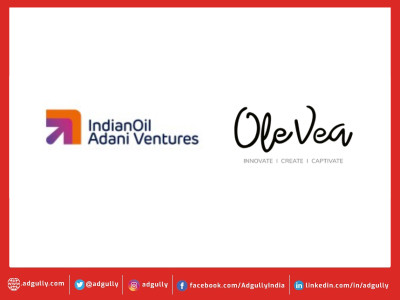
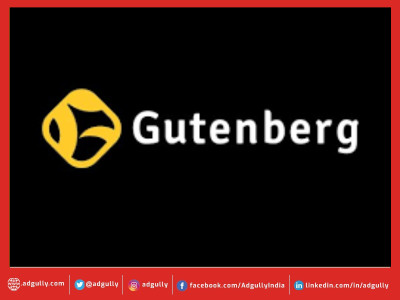

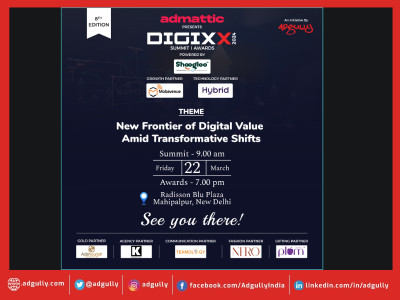
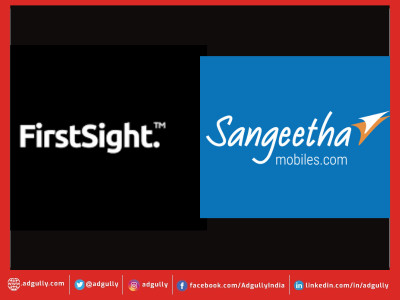
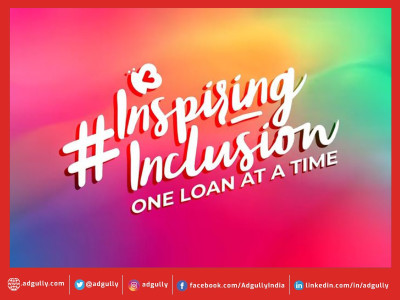



Share
Facebook
YouTube
Tweet
Twitter
LinkedIn